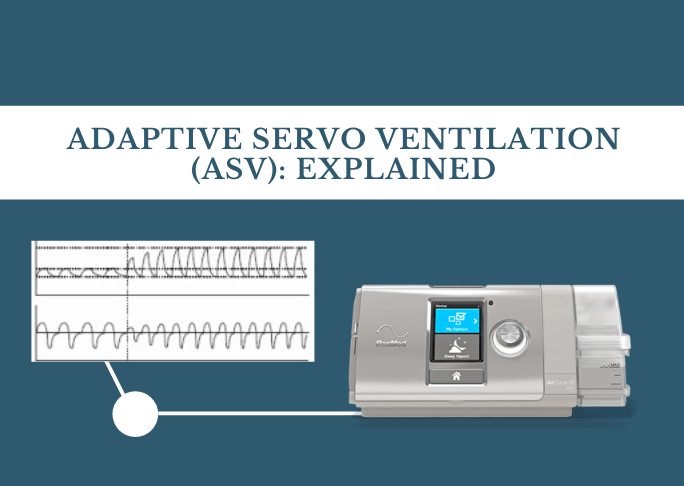
Apple Watch now offers a groundbreaking feature: sleep apnea detection. But what does an alert mean, and what steps should you take?
Understanding Sleep Apnea
Sleep apnea disrupts breathing during sleep when throat muscles relax excessively, causing the airway to collapse. This often leads to loud snoring, frequently unnoticed by the individual.
The condition is linked to serious health issues, including:
- Cardiovascular problems: High blood pressure, stroke, heart attack, heart failure, and arrhythmias.
- Cognitive decline: Increased risk of dementia.
- Daytime impairment: Excessive sleepiness, fatigue, and increased risk of accidents.
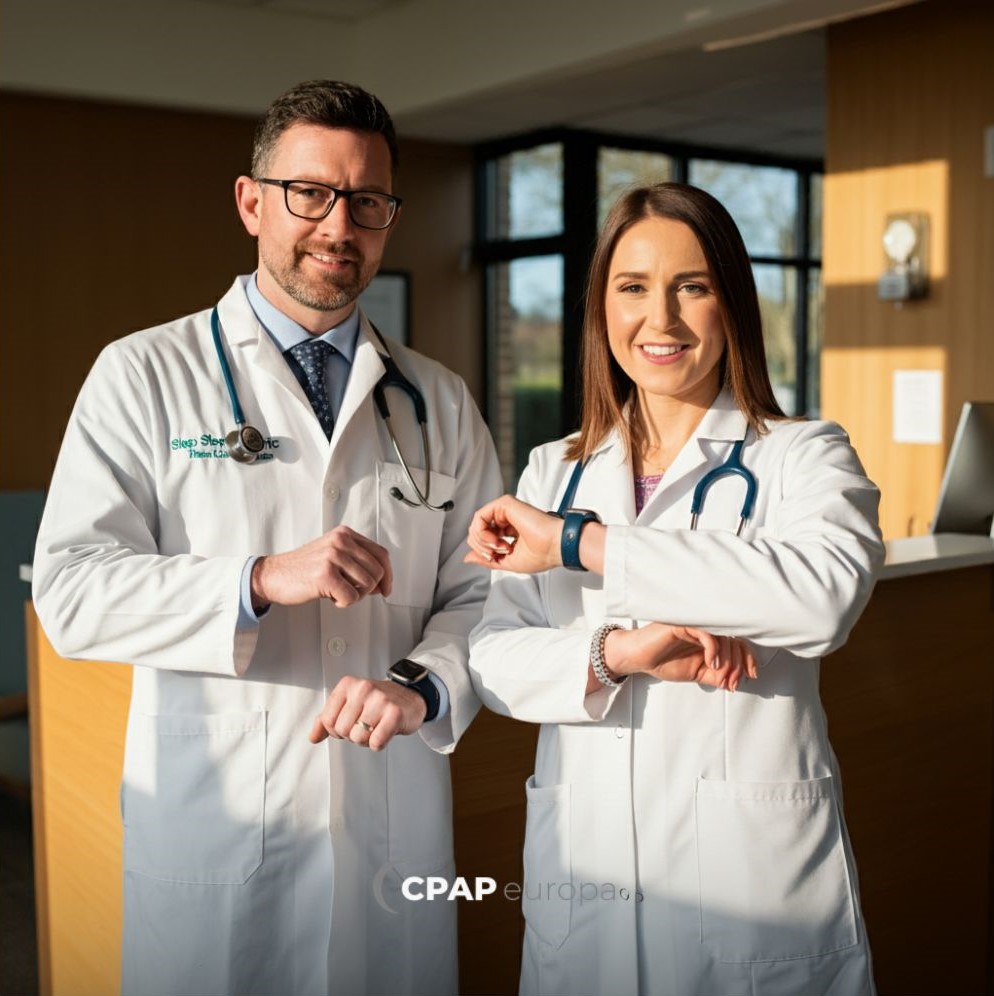
Apple Watch Detection
Available on Apple Watch Series 10 and some older models with a software update, the feature uses the watch’s accelerometer to sense wrist movements, indicating breathing patterns. If the watch detects frequent breathing interruptions over 30 days, it notifies the user.
Is it Accurate?
While Apple’s testing showed high accuracy, particularly for severe sleep apnea, it’s important to remember that:
- The feature is opt-in: You must activate it for it to work.
- It may not detect all cases: Mild to moderate apnea might be missed.
- Orthosomnia: Over-reliance on sleep data can lead to anxiety and unhealthy behaviors.
What to Do if You Receive an Alert
If your Apple Watch alerts you to potential sleep apnea, it’s crucial to:
- Consult a healthcare professional: Discuss the alert and any symptoms with your doctor or a sleep specialist.
- Consider a sleep study: A formal sleep study can provide a definitive diagnosis and assess the severity of your condition.

What Are the Treatment Options?
If diagnosed with sleep apnea, treatment options include:
- CPAP therapy: The gold standard, CPAP machines deliver continuous air pressure to keep the airway open during sleep.
- Lifestyle changes: Weight loss and improved sleep hygiene can be beneficial, especially for mild cases.
- Oral appliances: Devices worn during sleep to help maintain an open airway.
- Surgery: In some cases, surgery may be necessary to correct anatomical issues contributing to sleep apnea.
CPAP Therapy and CPAPeuropa
For individuals seeking sleep apnea treatment, CPAPeuropa offers a wide range of CPAP equipment, including the AirSense 11 CPAP machine with express shipping Europe. The AirSense 11 is a user-friendly and effective CPAP device that can significantly improve sleep quality and overall health for those with sleep apnea.
Remember: Early detection and treatment of sleep apnea are vital for protecting your health and well-being. If you suspect you may have sleep apnea, don’t hesitate to seek medical advice.
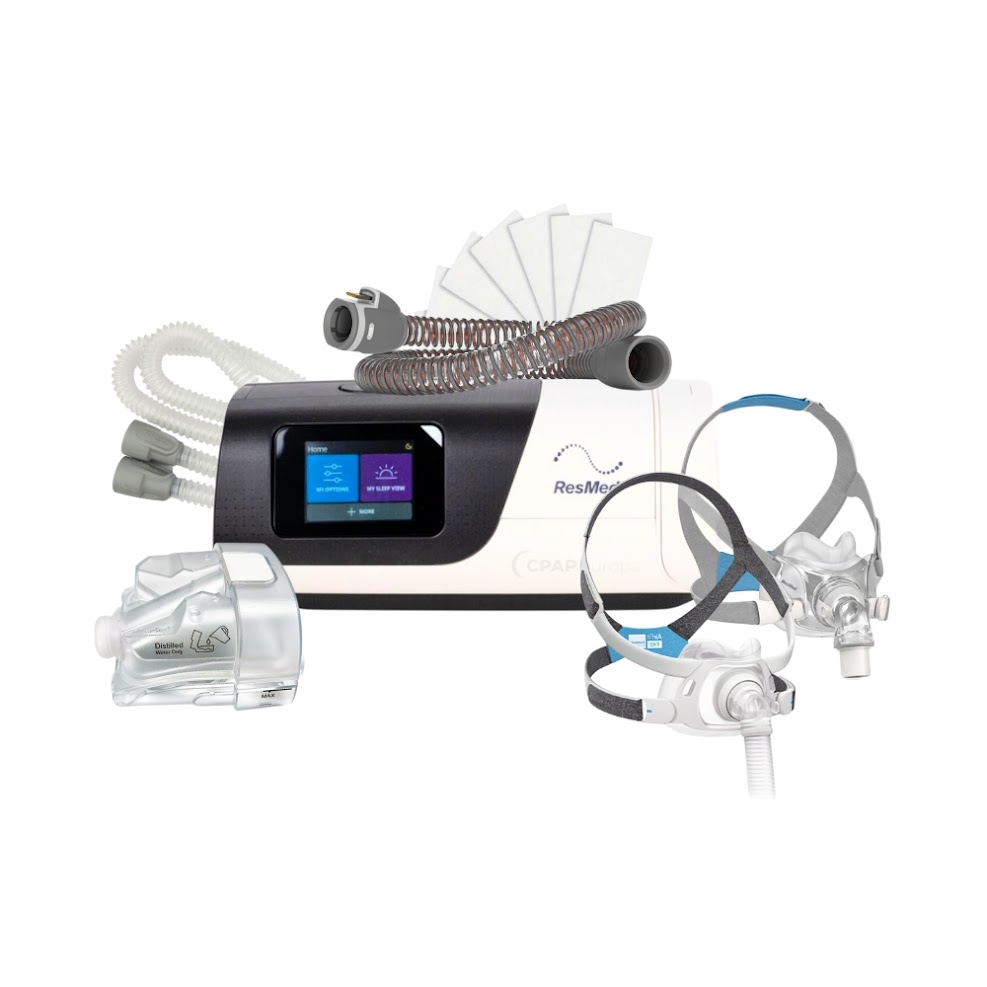
SHOP THE NEWST CPAP MACHINES HERE
A Closer Look at the AirSense 11 CPAP
CPAP therapy is often the first line of treatment for moderate to severe sleep apnea. It involves wearing a mask connected to a machine that delivers a constant stream of air pressure,
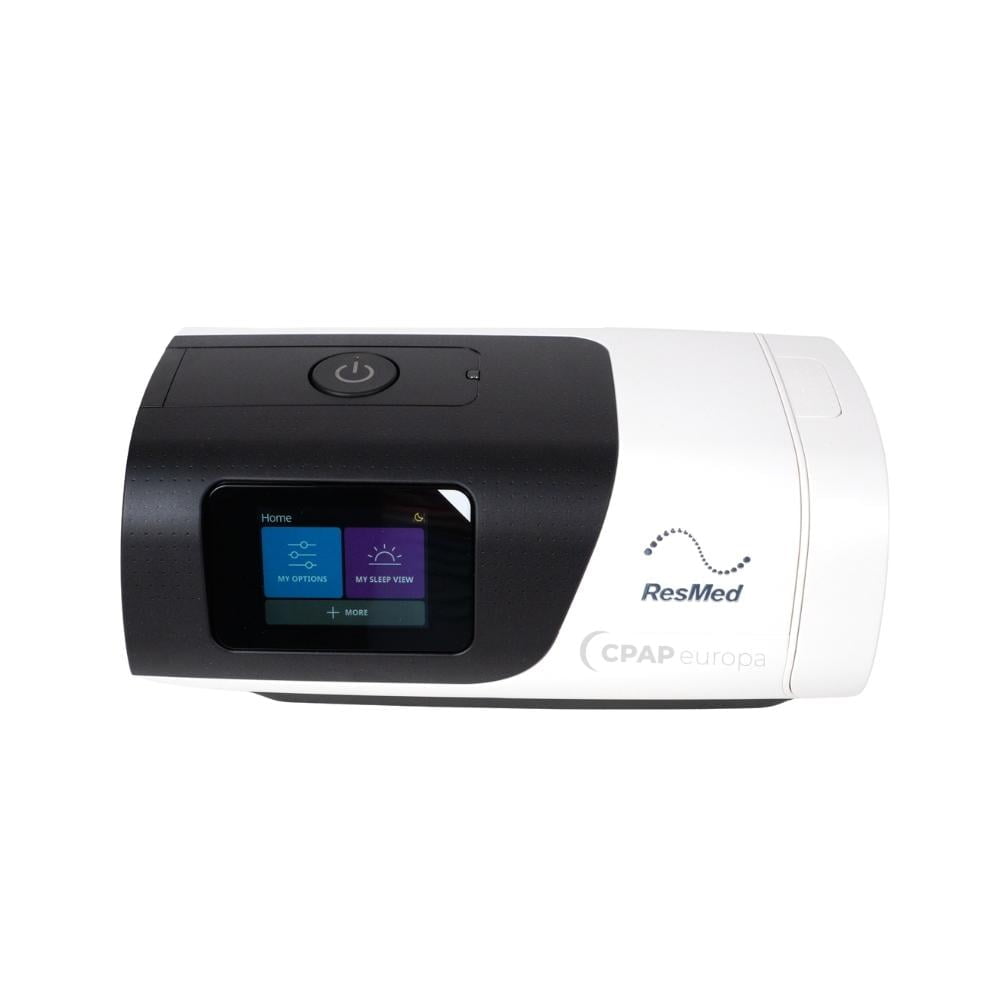
keeping your airway open throughout the night.
One leading CPAP machine is the ResMed AirSense 11. It offers a range of features designed to improve comfort and compliance:
- User-friendly interface: An intuitive touchscreen makes it easy to navigate settings and track your sleep data.
- Quiet operation: Advanced humidification and quiet operation minimize noise disruption for you and your partner.
- Integrated humidifier: Helps prevent dryness and congestion.
- AutoRamp technology: Gently increases air pressure as you fall asleep, making it easier to adjust to therapy.
- Connectivity: Connects to the myAir app, allowing you to monitor your progress and receive personalized support.
CPAPeuropa is a trusted provider of CPAP equipment, offering a wide selection of masks, machines, and accessories to meet your individual needs. With express shipping to Ireland, France, Sweden, Portugal, Spain, Norway, Belguim, Netherlands, and the rest of Europe.
Get the equipment you need quickly and conveniently!
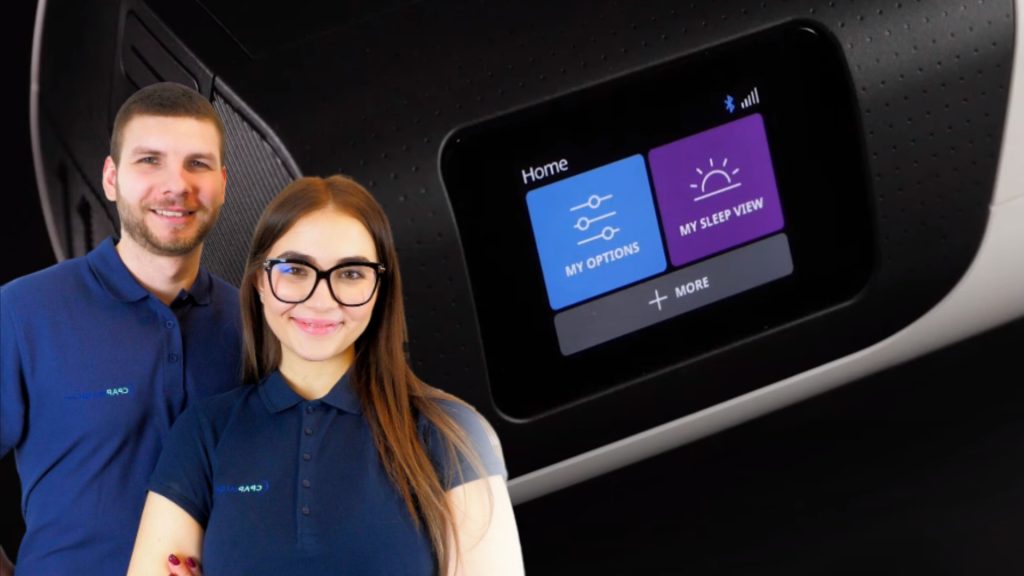
Benefits of Choosing Us:
- Extensive product range: Find the perfect CPAP machine, mask, and accessories to fit your therapy needs.
- Competitive pricing: Get high-quality CPAP equipment at affordable prices.
- Expert advice: Our team of sleep experts can help you choose the right equipment and provide ongoing support.
- Fast and reliable shipping: Enjoy express shipping to everywhere in Europe and the rest of the world.
Take Control of Your Sleep Apnea
If you’re experiencing symptoms of sleep apnea or have received an alert from your Apple Watch, don’t ignore it. Take action to protect your health and improve your quality of life. Contact CPAPeuropa today to learn more about our products and services and find the best solutions for your sleep apnea needs.

Apple introduced the sleep apnea detection feature in September 2024 with the release of watchOS 11. It was initially available on Apple Watch Series 9 and Watch Ultra 2 models, with support extended to the Series 10 upon its launch.
While Apple Watches offer a promising tool for sleep apnea detection, it’s important to understand their capabilities and limitations:
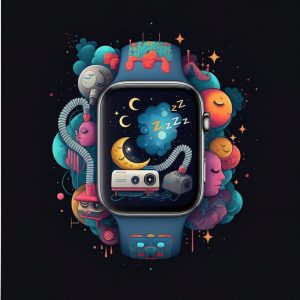
The watch uses its built-in accelerometer to track subtle wrist movements that may indicate breathing disturbances during sleep. This data is analyzed over 30 days, and the watch notifies the user if it detects patterns suggestive of moderate to severe sleep apnea.
Apple’s clinical studies indicate the watch has a good sensitivity for detecting severe sleep apnea, correctly identifying it around 89% of the time. However, it’s less sensitive for moderate cases, with a detection rate of about 43%.
The watch has a high specificity, meaning it rarely gives false positives. In Apple’s study, it correctly identified individuals without sleep apnea 100% of the time.
It’s important to note that the watch cannot definitively diagnose sleep apnea. It serves as a screening tool to identify potential cases, prompting users to seek further evaluation from a healthcare professional.
Overall, Apple Watches can be a valuable tool for raising awareness of potential sleep apnea, especially for individuals who may not be aware of their symptoms or have limited access to sleep studies. However, they should not be considered a replacement for a formal diagnosis by a sleep specialist.
If you’re experiencing symptoms of sleep apnea or have received an alert from your Apple Watch, don’t ignore it. Take action to protect your health and improve your quality of life. Contact CPAPeuropa today to learn more about our products and services and find the best solutions for your sleep apnea needs.
